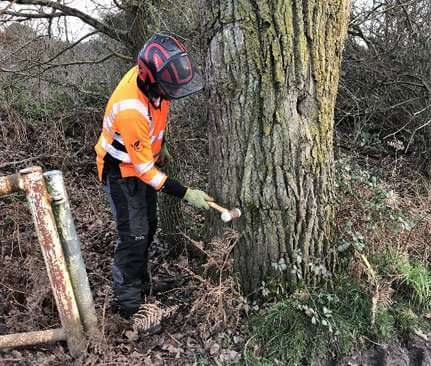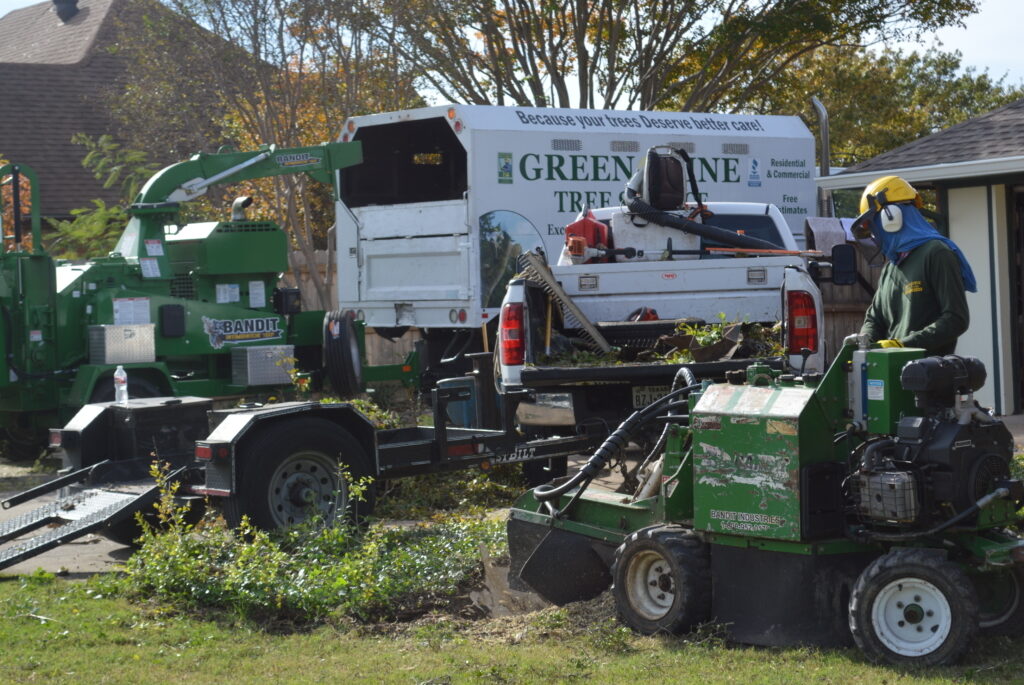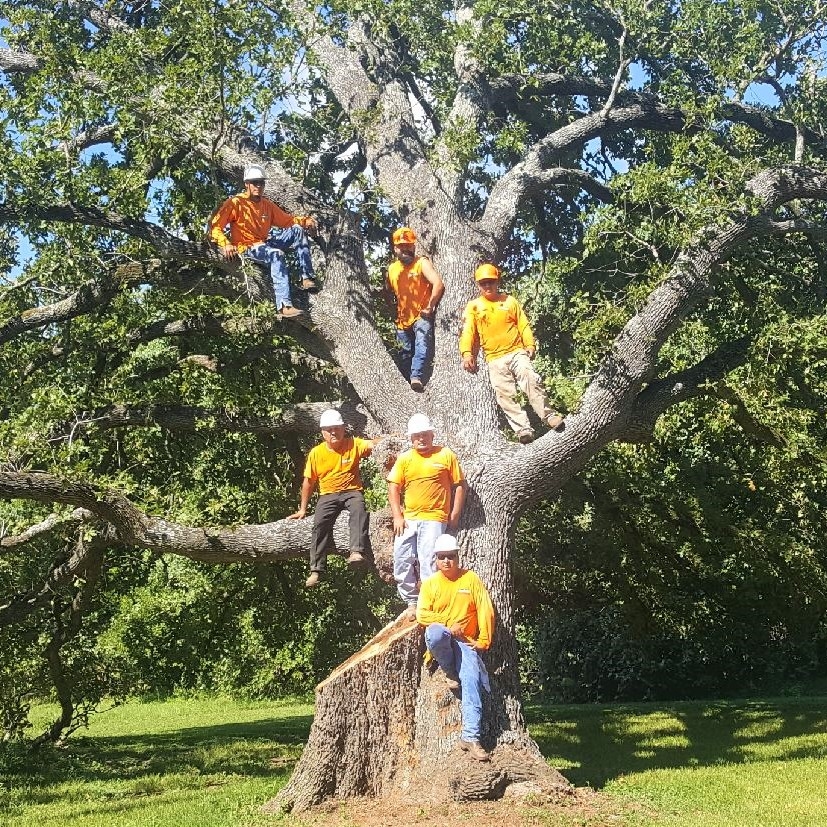Introduction
Tree Inspection
Tree inspection is essential for homeowners, landscapers, and property managers who want to ensure both the safety and health of their trees. By conducting regular tree inspections, you can proactively address any signs of structural weakness, disease, or pest infestation, which could otherwise lead to costly damage or even dangerous situations if left unchecked. In this guide, we’ll explore the many facets of tree inspection, from understanding its importance to conducting a thorough inspection and knowing when to seek professional help.
Why Tree Inspections Are Essential
Trees are an integral part of our environment, providing beauty, shade, and improved air quality. However, trees that are neglected can become hazardous, potentially falling or dropping large limbs, which can endanger people and property. Routine tree inspections are vital not only for safety but also for promoting the tree’s health and longevity. Well-maintained trees increase property value and contribute to an area’s aesthetic appeal, making regular inspection a worthwhile investment.
Key Signs a Tree Needs Inspection
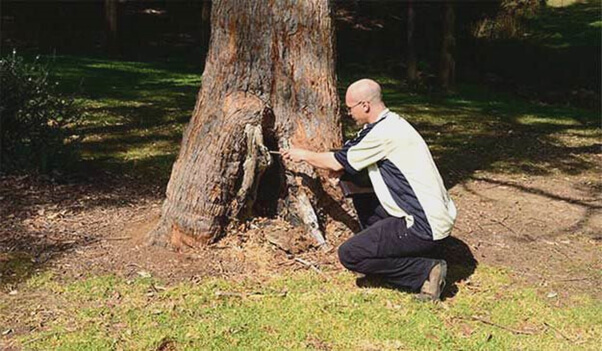
Trees can communicate their distress in various ways. Recognizing these signs early can prevent damage and prolong a tree’s life. Some primary indicators include:
Physical Damage and Cracks: Large cracks or wounds in the bark can weaken the tree’s structure.
A tree that is suddenly leaning or tilting may signal issues with its roots or overall structural stability.
Discoloration and Fungal Growth: Abnormal leaf color or fungi on the bark may point to disease or decay.
Root Exposure and Damage: Exposed roots or visible root damage can destabilize the tree.
If you observe any of these symptoms, a detailed tree inspection is advised to assess potential risks.
Types of Tree Inspections
Tree inspections range from simple visual checks to advanced diagnostic procedures:
Visual Inspection: The simplest form, requiring only a walk-around to note physical signs of damage or disease.
Advanced Diagnostics: Technologies like tomography and soil tests help identify internal decay and soil health.Risk Assessment: In-depth assessments by professionals determine the likelihood of tree failure and prescribe necessary actions.
Each inspection type serves a purpose, often depending on the level of perceived risk and the value of the tree.
Common Tools and Equipment for Tree Inspection
While basic visual inspections require minimal equipment, serious tree inspection calls for specialized tools:
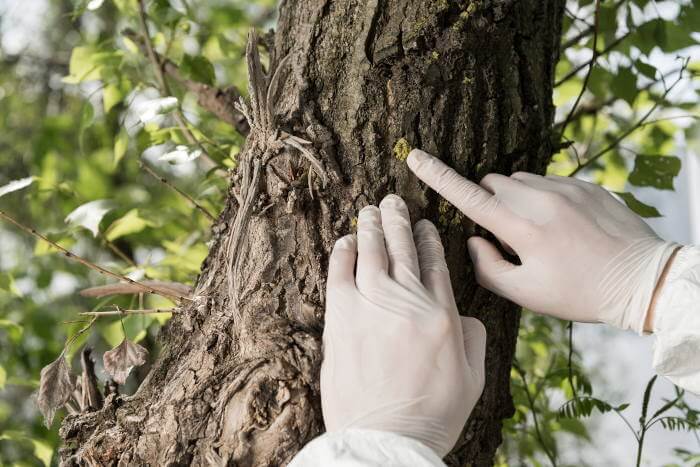
Basic Tools: Binoculars for high branches, a mallet for testing trunk soundness, and pruning shears for clearing small branches.
Advanced Tools: A resistograph measures wood density to detect decay, while an increment borer extracts core samples to assess internal health.
Using the right equipment ensures a more accurate inspection, helping you make informed decisions about your trees.
Seasonal Tree Inspections: When to Inspect
Trees benefit from inspections at specific times of the year. Regular seasonal checks help catch issues that emerge during different growth stages:
Post-Storm Inspections: High winds and storms can damage limbs or uproot trees, so an inspection afterward can catch storm-related damage.
Fall Inspections: Checking before winter ensures weak limbs are removed to prevent breakage from snow and ice.
Spring Inspections: After winter dormancy, a spring inspection prepares trees for the growing season.
Each season brings unique challenges, making seasonal tree inspection an essential part of tree maintenance.
Step-by-Step Guide to Basic Tree Inspection
A step-by-step inspection ensures you miss no critical details:
Walk Around the Tree: Begin with a wide circle around the tree, observing the overall shape, lean, and leaf coverage.
Inspect the Roots: Look for signs of decay, exposed roots, or soil compaction.
Check the Trunk: Tap with a mallet to test for hollowness, and note any cracks, splits, or fungal growth.
Evaluate the Branches and Crown: Check for dead or broken branches, and assess overall leaf health.
Document Observations: Take notes and photos to track the tree’s condition over time.
This thorough approach ensures no aspect of the tree’s health goes unassessed.
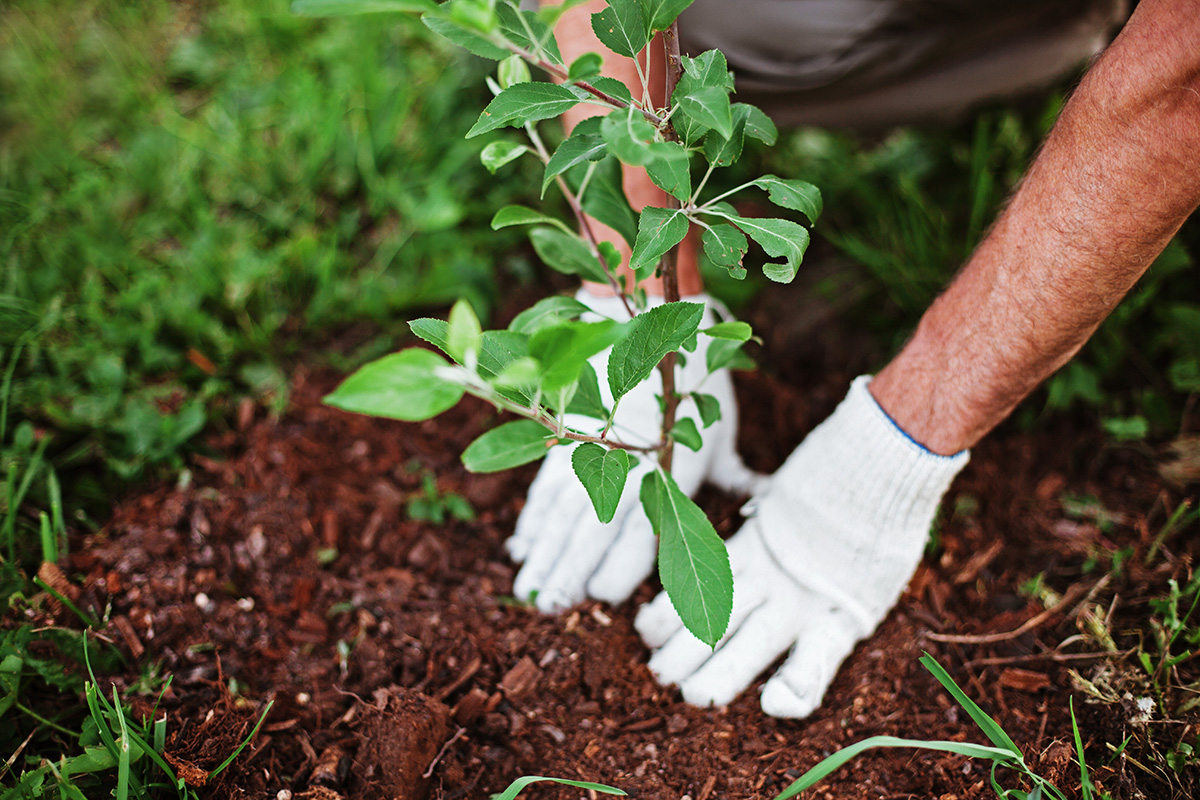
Inspecting the Root System
Roots are the foundation of any tree, providing stability and nutrients. Inspect for:
Root Decay: Soft, mushy roots often signal decay, especially if accompanied by a foul odor.
Soil Compaction: Hard soil around the base can choke roots, impeding water and nutrient absorption.
Root Girdling: Roots that wrap around the base can strangle the tree, weakening its stability.
Healthy roots support the tree’s entire ecosystem, so identifying any root issues early is crucial.
Assessing Tree Trunk Health
The trunk is another critical part of a tree’s structure:
Cracks and Cavities: These can weaken the trunk, leading to potential breakage.
Fungal Growth: Fungi, such as mushrooms, may indicate decay within the tree.
Sound Testing: Tapping with a mallet can reveal hollow areas where decay has taken root.
Regularly assessing the trunk helps identify structural weaknesses, which can then be addressed before they become serious risks.
Evaluating Tree Branches and Crown Condition
Branches can indicate a lot about a tree’s health:
Deadwood: Dead branches are more likely to fall and can invite pests.
Branch Angles: Sharp angles can create stress points, making branches more susceptible to breaking.
Leaf Health: Discolored or sparse leaves can suggest nutrient deficiencies or disease.
By carefully inspecting the branches, you ensure the tree’s crown remains strong and healthy.
